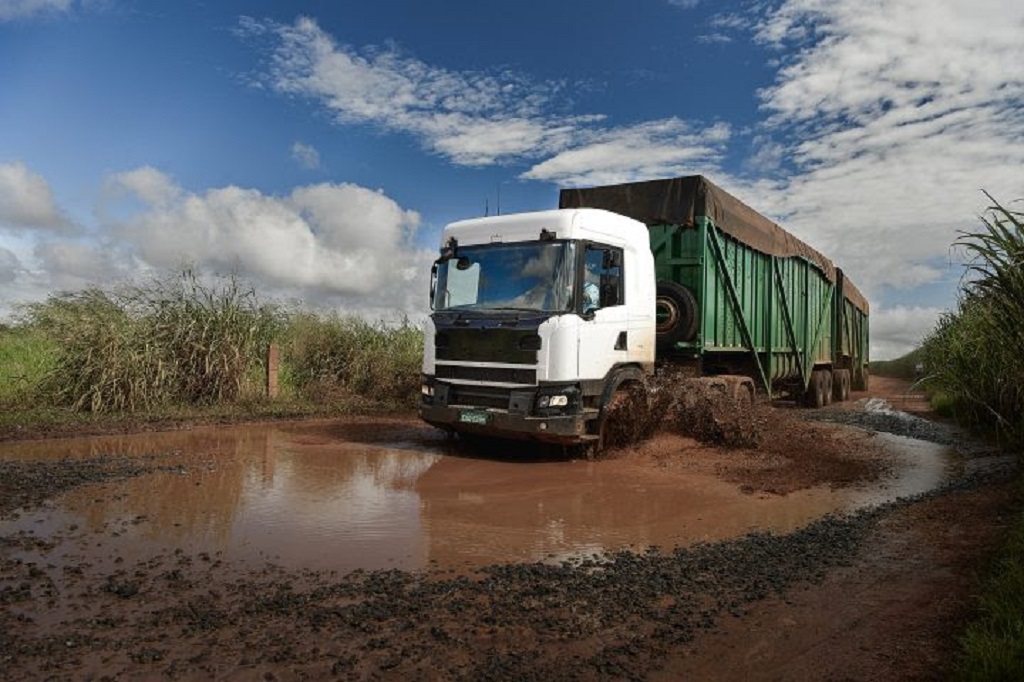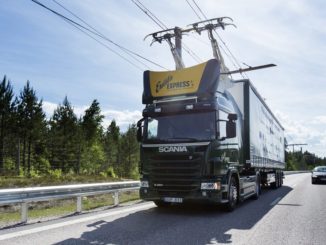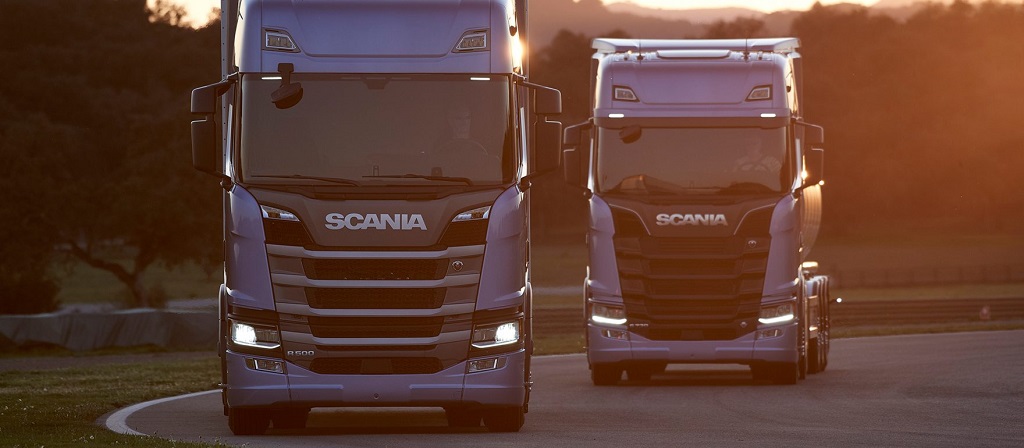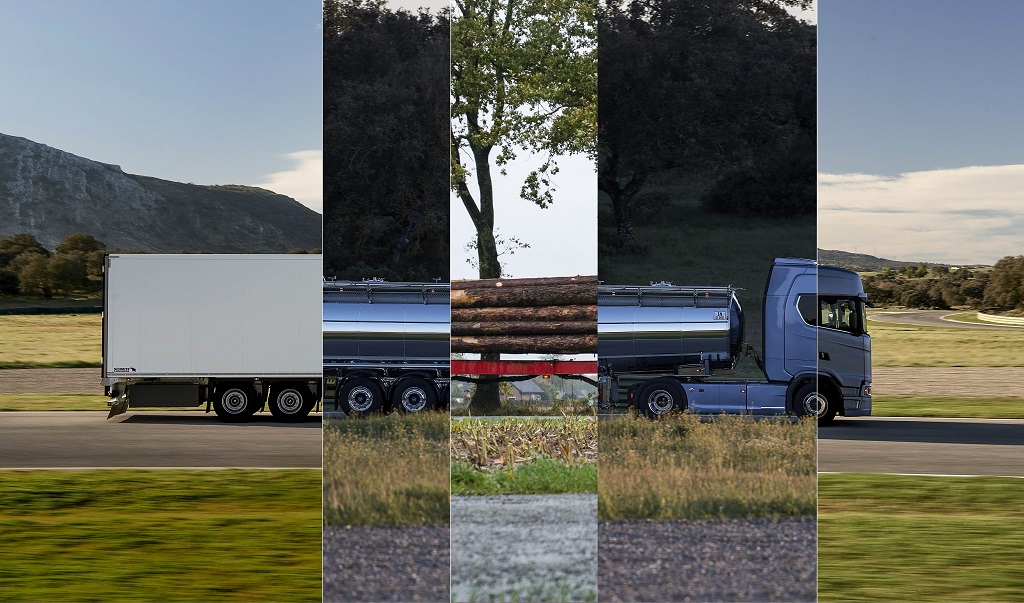Scania’s new generation of trucks has been subjected to extreme stresses on Brazil’s expansive sugar cane fields over two years. The goal of the advanced field tests has been to understand where limits lie – both for the world’s best trucks and for the professional drivers who will drive them.
The sugar cane fields around the city of Araraquara in the interior of the Brazilian state of Sao Paulo span from horizon to horizon. These vast, rolling fields are crossed by thousands of red mud-roads that connect the fields with the sugar refineries and ethanol factories.

When the sun beats down on Araraquara, a fine red dust settles on everything and everyone. When it rains heavily, the roads turn to oozy mud. When conditions are at their worst, all activities on the sugar cane fields grind to a halt for safety’s sake.
“We have here the perfect conditions for testing the durability of the new trucks under extremely tough and specific conditions that can’t be simulated or experienced at the same time elsewhere: lots of dust, high humidity and high temperatures,” says Carlos Fernandez, Manager Field-Test Vehicle Operations in Latin America.
Exposing the vehicles to extreme stress
The bumpy, poor quality roads create vibrations that, over time, shake every vehicle apart. That’s if the heat, the red dust, or torrential rain and muddy porridge don’t do the job first.

“The goal of these advanced field tests is to produce the best truck in the world,” continues Fernandez. “This means that we need to expose the vehicles to extreme stresses to understand where their limits lie. Often the stresses are so extreme that we drive the vehicle or component that we are testing until it breaks. Once we know the limit for what a component can tolerate, we can develop it further to further increase durability.”

Brazil is, by far, the world’s largest producer of sugar. The harvest season runs uninterrupted from March to December. At this time, each and every one of the specially built harvest machines cuts some 100 tonnes of cane per hour. The pieces of chopped sugar cane must reach the sugar mills or ethanol factories within a few hours, as the sugar content falls rapidly as soon as the cane has been cut.
Tough conditions in the sugar cane fields
Each vehicle combination used in transport is 30 metres long. On public roads, the sugarcane combinations weigh up to 74 tonnes, but on the privately owned fields’ mud roads, there are no limits and most sugar and ethanol producers load as much cane as can fit, often up to 120 tonnes.

“Just like our customers here, we create extremely heavy loads, but we sometimes also drive unloaded, at high speed on the poor quality roads,” says Fernandez. “These creates major vibrations in the chassis and creates lots of problems – which is exactly what we want.”
Another goal of the field tests in Brazil is to examine how professional drivers experience the level of comfort in the new cab under extremely challenging circumstances.
One of the hired test drivers is Roberto Pereira da Silva, who is extremely experienced with the new trucks. He was contracted across the two-year test period to test the comfort of the new cabs under tough conditions, providing a driver’s perspective.
“This new generation of trucks provides an extremely good driving experience, even on these distressed roads,” he says. “This is something new for us test drivers.”

Da Silva continues, “I get a very clear sense of how Scania has thought of us professional drivers when this new generation of trucks was developed. It’s much simpler to find and set your working and driving position so that it’s perfect. I’m not small, but I had no problem at all finding a driving position that makes my work easier and more relaxed.”




